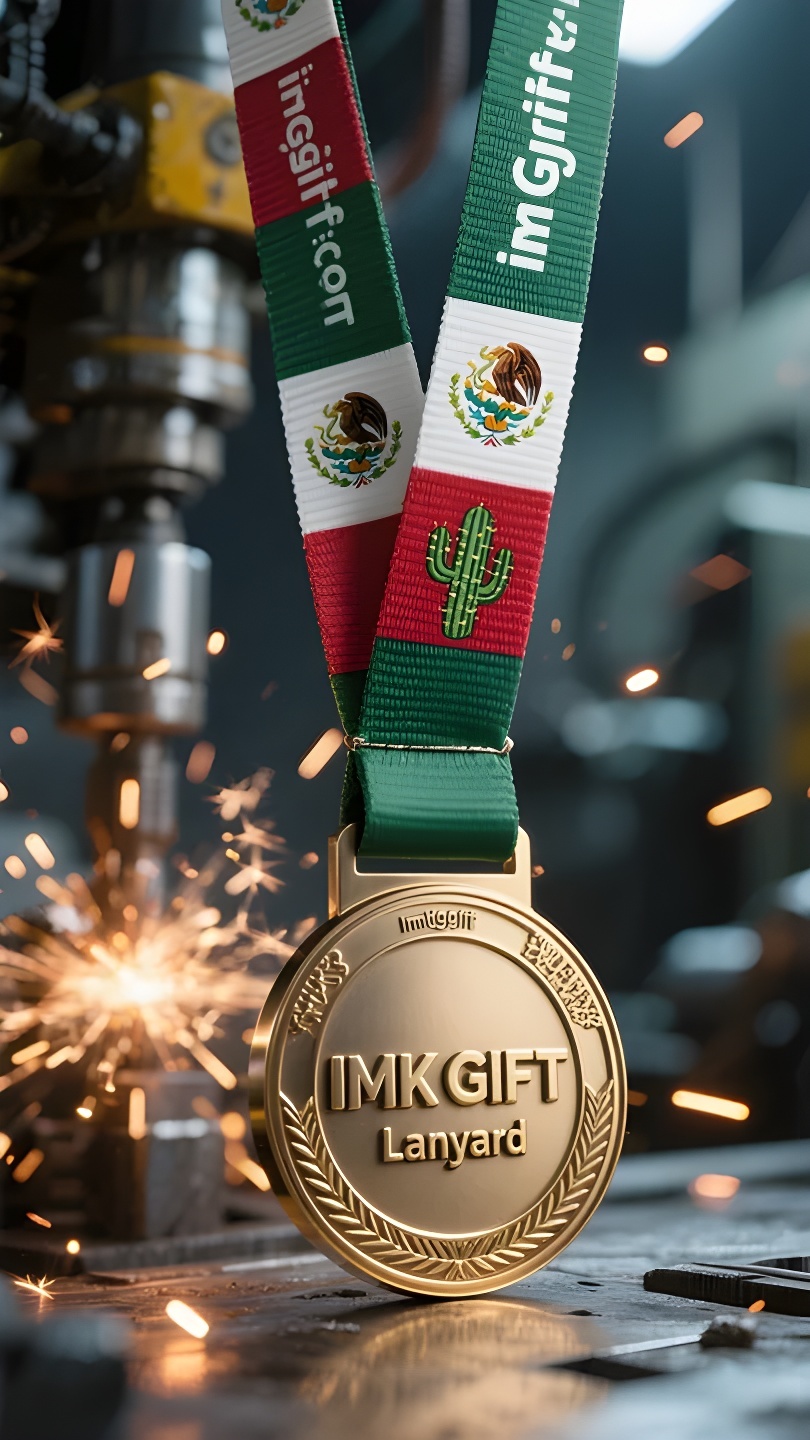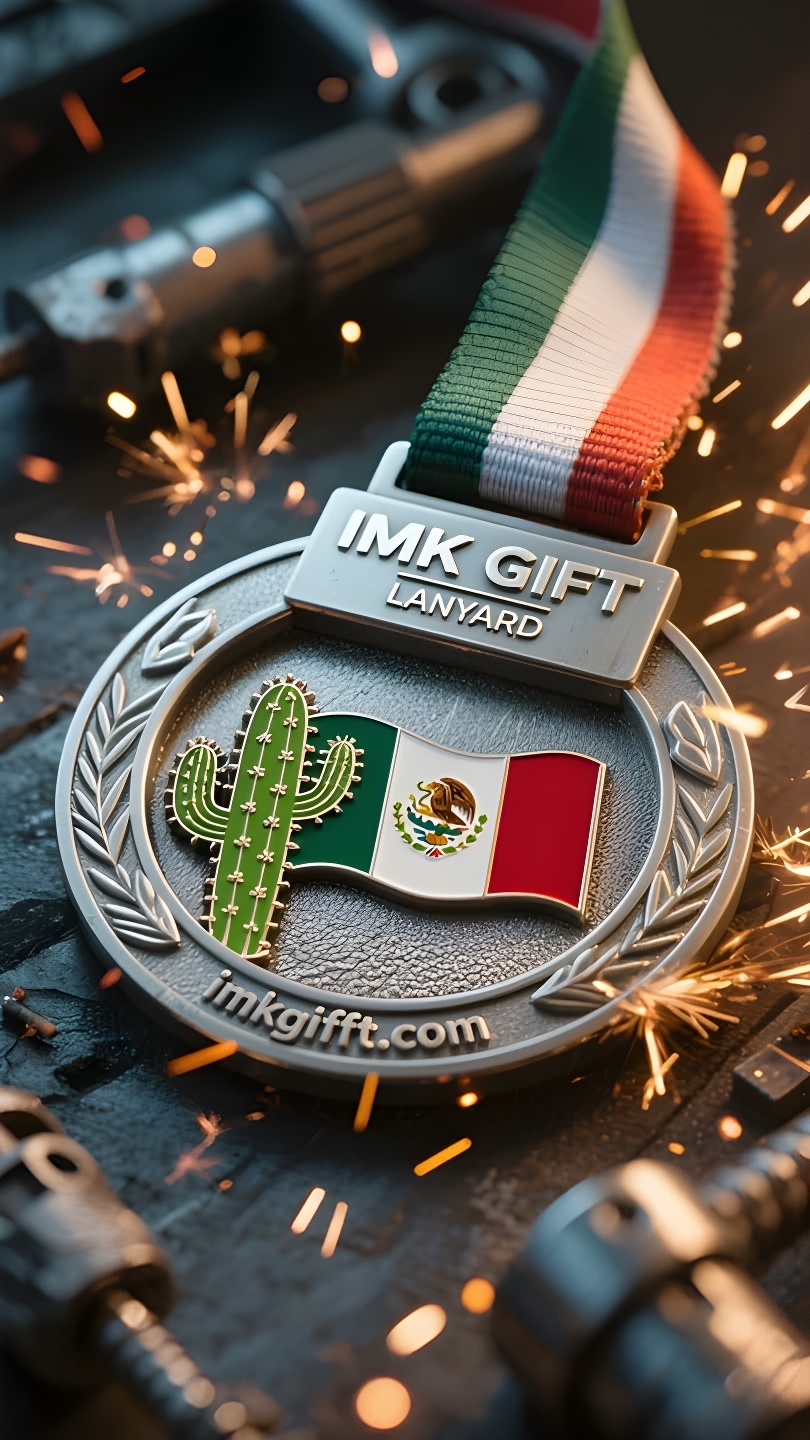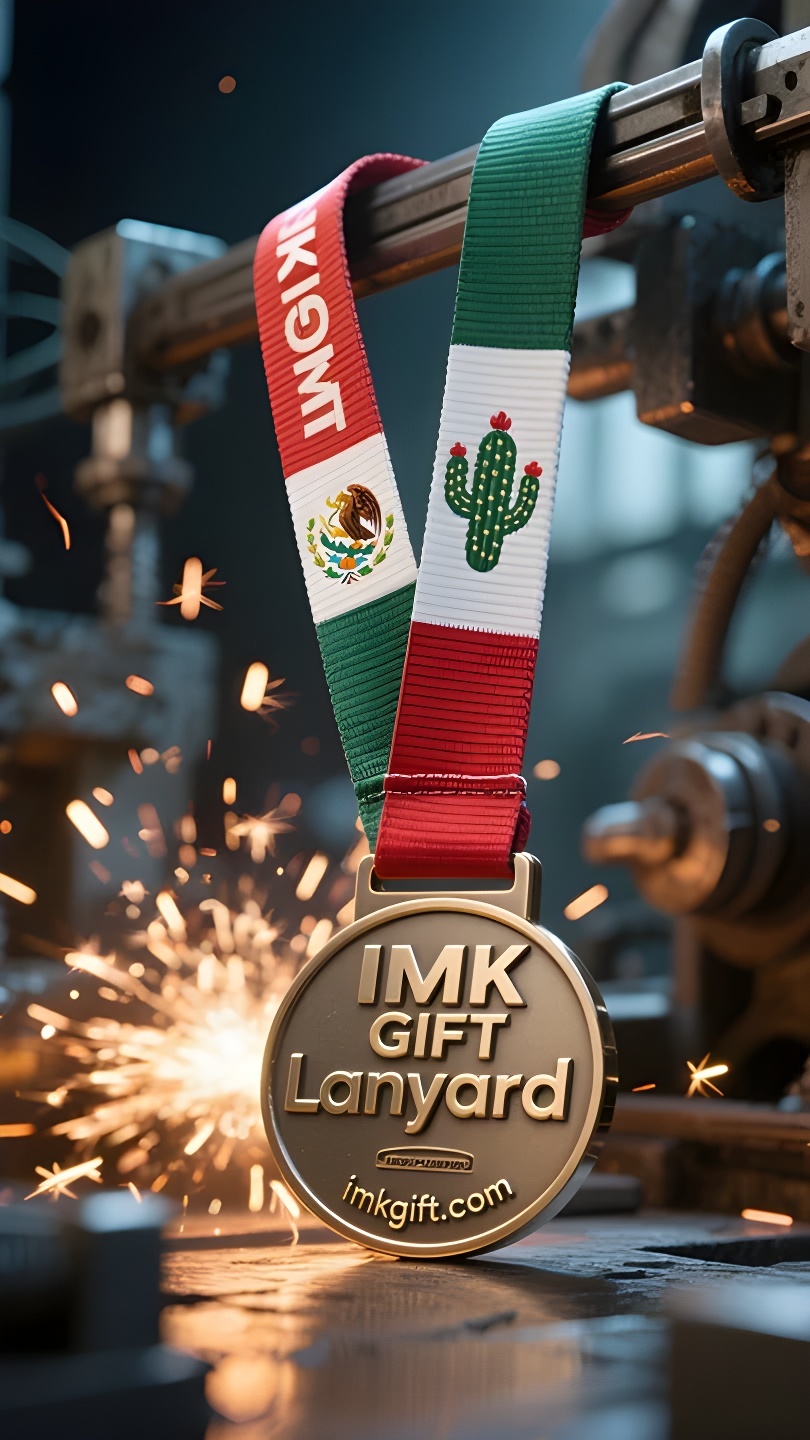in991-Espinas-de-cactus-una-medalla-nacional
▼
Cada septiembre, la alegría de la Independencia de México se desborda con el himno nacional, y los colores verde, blanco y rojo de la bandera tricolor reflejan la tenacidad milenaria de esta tierra. Al contemplar el emblema nacional en el centro de la bandera —el águila posada sobre el cactus—, las espinas, aparentemente afiladas, parecen una medalla forjada por una nación con cicatrices. En el desierto mexicano, el cactus atraviesa el sol abrasador con una postura rastrera. Sus raíces pueden penetrar 20 metros bajo tierra para absorber agua, y las espinas son a la vez una armadura defensiva y un instrumento de precisión para recoger el rocío matutino. Esta sabiduría de supervivencia se funde en el diseño de la “Medalla del Cordón del Cactus”: el cordón de cuero tejido simboliza la herencia de los lazos de sangre, y cada espina en el relieve plateado del cactus se forma tras 999 martillazos, como las pruebas que hay que superar para que la vida brille. Según la leyenda, cuando los aztecas emigraron, los dioses les revelaron que debían construir una ciudad-estado en el lugar donde “el águila descansa sobre el cactus”. Cuando los antepasados cruzaron el desierto y cavaron el primer pozo con sus manos sangrantes, las espinas del cactus ya habían traspasado la desesperación y dejado que la esperanza echara raíces. Hoy, los mexicanos han forjado este espíritu en medallas, para que cada portador recuerde: la verdadera gloria no está en la cima, sino en las palmas que la arena y la piedra desgastan durante el ascenso. Cuando el viento de septiembre sopla entre los cactus, cada espina erguida refleja un arcoíris bajo el sol. Esto podría ser una metáfora de la vida: el dolor y el don siempre coexisten, y la medalla siempre pertenecerá a quienes siembran la primavera en la aridez.
Every September, the cheers of Mexico’s Independence Day boil over in the national anthem, and the green, white and red of the tricolor flag reflect the tenacity of this land for thousands of years. When people gaze at the national emblem in the center of the national flag – the eagle standing on the cactus, the seemingly sharp cactus thorns are like a medal forged by a nation with scars. In the desert of Mexico, the cactus pierces the scorching sun in a creeping posture. Its roots can penetrate 20 meters underground to absorb water, and the thorns are both defensive armor and a precision instrument for collecting morning dew. This survival wisdom is melted into the design of the “Cactus Lanyard Medal”: the leather rope woven lanyard symbolizes the inheritance of blood ties, and each thorn on the silver cactus relief is formed after 999 hammerings, just like the trials that must be experienced in life to make life shine. According to legend, when the Aztecs migrated, the gods revealed to them that they should build a city-state in the place where “the eagle rests on the cactus”. When the ancestors crossed the desert and dug the first well with their bleeding hands, the thorns of the cactus had already pierced through despair and let hope take root. Today, Mexicans have forged this spirit into medals, so that every wearer will remember: the real glory is not at the top, but in the palms that are worn by sand and stone during the climb. When the September wind blows through the cactus bushes, each upright thorn reflects a rainbow in the sun. This may be a metaphor for life: pain and gifts always coexist, and the medal will always belong to those who sow spring in the barrenness.
每年九月,墨西哥独立日的欢呼声在国歌声中沸腾,三色旗的绿、白、红映照着这片土地千年的坚韧。当人们凝视国旗中央的国徽——仙人掌上伫立的雄鹰时,那些看似尖锐的仙人掌刺,恰似一个民族用伤痕铸就的勋章。
在墨西哥的荒漠中,仙人掌以匍匐的姿态刺破烈日。它的根系能深入地下20米汲取水分,针刺既是防御的铠甲,也是收集晨露的精密仪器。这种生存智慧被熔铸进”仙人掌挂绳奖牌“的设计中:皮绳编织的挂带象征血脉相连的传承,银质仙人掌浮雕上的每根刺都经过999次敲打成型,如同人生必经的试炼才能让生命迸发光芒。
相传阿兹特克人迁徙时,神明启示他们要在”仙人掌上停着雄鹰”之地建立城邦。当先民们穿越荒漠,用渗血的双手挖出第一口井时,仙人掌的刺早已刺破绝望,让希望扎根。今天的墨西哥人将这份精神锻造成奖章,让每个佩戴者记住:真正的荣耀不在顶峰,而在攀爬时被砂石磨砺的掌心。
当九月的风拂过仙人掌丛,每一根挺立的刺都在阳光下折射出彩虹。这或许就是生命的隐喻:刺痛与馈赠始终并存,而勋章永远属于那些在荒芜中播种春天的人。
▼
Contact Us
📞 Tel: +0086-760-85286839
📧 Email: sales3@imkgift.com








